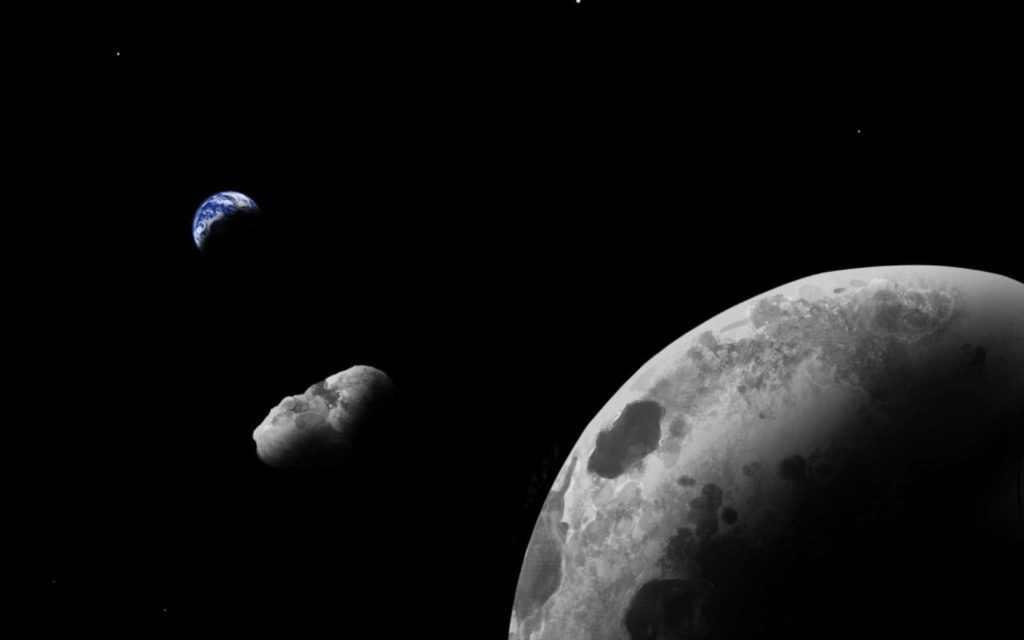” Quasi-moon ” is the name scientists have given to an asteroid that accompanies Earth on its annual journey around the sun. Scientists have named this space rock 2023 FW13 and classify it as a “quasi-moon” or “quasi-satellite” because it shares a similar orbital timeframe to Earth, although Earth’s gravitational pull only minimally affects it.
The estimated diameter of the asteroid is 50 feet (15 meters), approximately equivalent to three large SUVs parked bumper to bumper. As it orbits the sun, 2023 FW13 also encircles Earth, reaching a proximity of 9 million miles (14 million kilometers). For comparison, the moon has a diameter of 2,159 miles (3,474 km) and comes as close as 226,000 miles (364,000 km) to Earth during its orbit, according to NASA.
Pan-STARRS Observatory
The Pan-STARRS observatory in Hawaii first observed 2023 FW13 in March. The Canada-France-Hawaii Telescope in Hawaii and two observatories in Arizona confirmed its existence. On April 1, the Minor Planet Center at the International Astronomical Union, an organization responsible for designating new objects in the solar system, including planets and moons, officially listed it.
Based on analyzing its orbit, astronomers estimate that 2023 FW13 has likely been in close proximity to Earth since at least 100 B.C. and will continue to follow this orbital path until around A.D. 3700. Adrien Coffinet, an astronomer and journalist who studied its orbit and categorized the asteroid as a quasi-moon, stated that it appears to be the longest known quasi-satellite of Earth.
Further examination of the data revealed that observations of the asteroid date back to 2012. Although this quasi-satellite remains in close proximity to Earth, scientists do not project it to collide with our planet. Alan Harris, an astronomer at the Space Science Institute, reassured that such an orbit does not pose a sudden threat of impact.
2023 FW13 is not the only quasi-companion of Earth. Scientists discovered another quasi-satellite called Kamo’oalewa in 2016, and it, too, remains in close proximity to our planet during its orbit around the sun.. A study conducted in 2021 suggested that this asteroid could potentially be a fragment of Earth’s moon.
